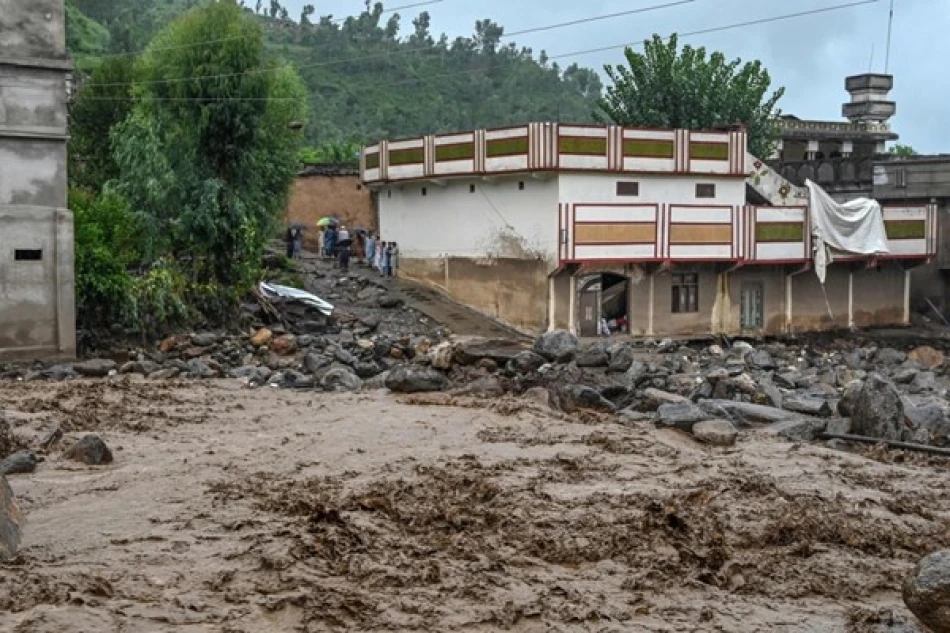
Pakistan Faces Torrential Rains, Hampering Flood Victim Recovery Efforts
Pakistan's Monsoon Catastrophe Deepens as Rescue Operations Face Mounting Obstacles
Pakistan's deadliest monsoon season in recent memory has claimed nearly 350 lives in the country's northern regions, with rescue operations grinding to a halt as fresh torrential rains prevent teams from recovering hundreds of bodies still buried beneath mud and debris. The disaster highlights Pakistan's growing vulnerability to extreme weather events and raises urgent questions about the nation's disaster preparedness infrastructure.
Death Toll Continues to Rise Amid Rescue Challenges
Authorities confirm that approximately 200 people from dozens of affected villages remain missing, suggesting the final death toll could climb significantly higher. The scale of devastation has overwhelmed local emergency response capabilities, with rescue teams struggling against both natural obstacles and inadequate resources.
The situation deteriorated further when a helicopter belonging to Khyber Pakhtunkhwa authorities crashed on Friday due to severe weather conditions, underscoring the dangerous conditions facing rescue operations. This incident reflects the compound challenges that often plague disaster response efforts in Pakistan's mountainous northern regions.
Khyber Pakhtunkhwa Bears the Brunt
The northwestern province of Khyber Pakhtunkhwa has emerged as the epicenter of destruction, with over 320 confirmed deaths and dozens of injuries. The province's mountainous terrain and limited infrastructure have amplified the disaster's impact, creating conditions where entire communities can be cut off for days or weeks.
Preliminary damage assessments suggest hundreds of families will remain without homes, schools, and public services for several months. This displacement crisis threatens to create long-term economic and social disruption in regions already struggling with poverty and limited government resources.
A Pattern of Increasing Climate Vulnerability
This disaster fits within a broader pattern of intensifying extreme weather events across South Asia. Pakistan has experienced increasingly erratic monsoon patterns in recent years, with scientists linking these changes to global climate shifts. The 2022 floods, which affected over 33 million people, demonstrated the country's acute vulnerability to water-related disasters.
Unlike countries such as Bangladesh or the Netherlands, which have invested heavily in flood management infrastructure, Pakistan's mountainous northern regions remain largely dependent on basic early warning systems and limited emergency response capabilities.
Economic and Governance Implications
The recurring nature of such disasters poses significant challenges for Pakistan's economic stability and governance capacity. Each major weather event diverts crucial resources from development projects to emergency response, creating a cycle where the country struggles to build resilience against future disasters.
International aid organizations and development partners are likely to face renewed pressure to support both immediate relief efforts and longer-term infrastructure improvements. However, Pakistan's current economic constraints limit its ability to implement comprehensive disaster risk reduction measures without substantial external assistance.
The tragedy underscores the urgent need for Pakistan to develop more robust early warning systems, improve emergency response coordination, and invest in climate-resilient infrastructure—challenges that will require both political will and international cooperation to address effectively.
 Layla Al Mansoori
Layla Al Mansoori







